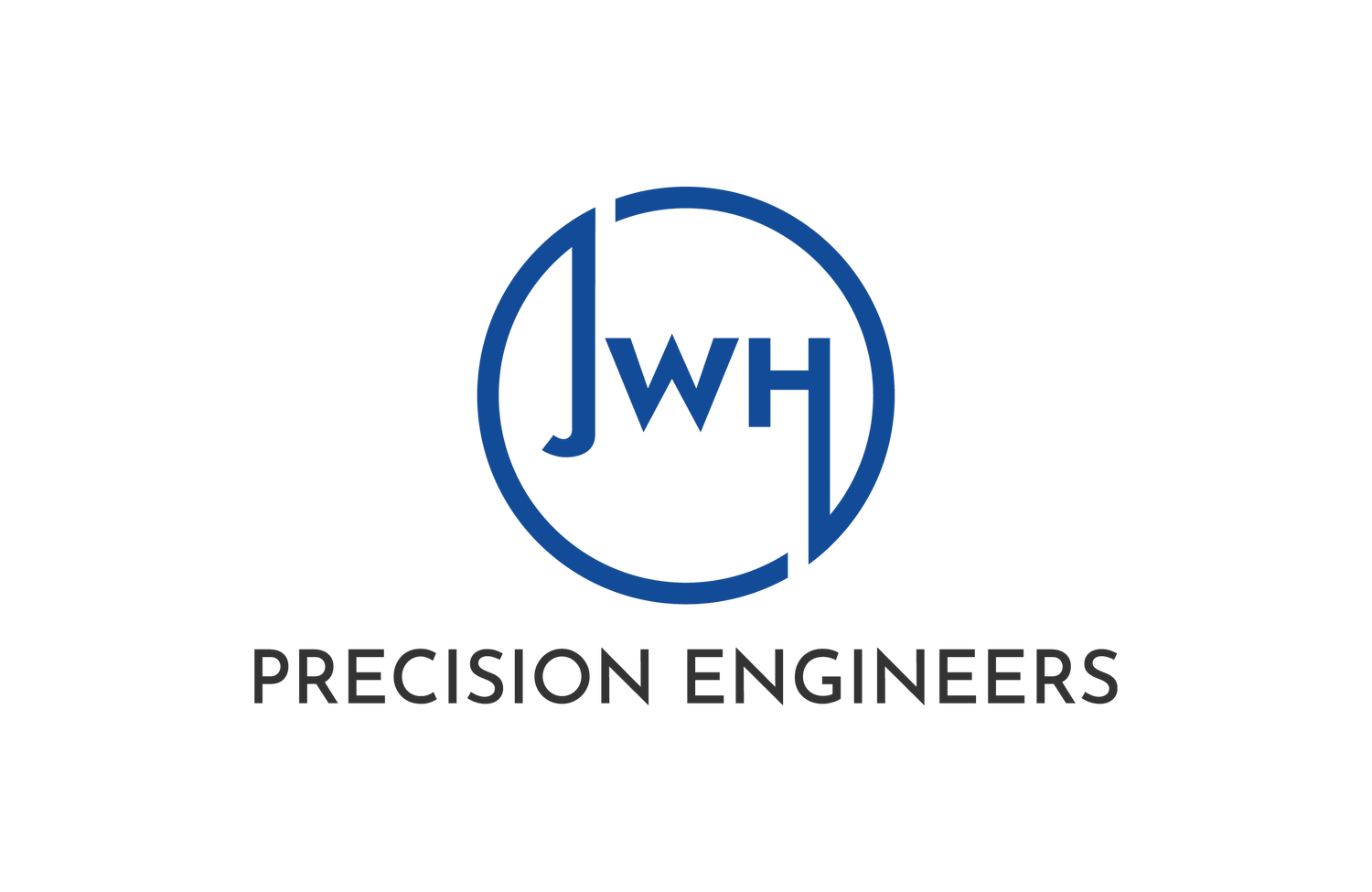Introduction:
Precision metal machining is a critical process in the manufacturing of metal components and products. It involves shaping metal work-pieces into precise shapes, sizes, and finishes, to meet specific requirements. In this guide, we'll explore the various services offered by us, including CNC milling, CNC turning, surface grinding, cylindrical grinding, hard turning, and more.
CNC Milling:
CNC milling uses computer-controlled machines to cut work-pieces into various shapes and features. This method can be used with a variety of materials, including metals, plastics, and composites.
CNC Turning:
CNC turning uses a lathe and cutting tool to shape work-pieces by rotating them while removing material. This method can create cylindrical shapes and features using various materials.
Surface Grinding:
Surface grinding removes material from a work-pieces surface using an abrasive wheel, creating a smooth and flat finish to fine tolerances. This process can be used on various materials, including metals and carbide.
Cylindrical Grinding:
Cylindrical grinding rotates material on a lathe and uses an abrasive wheel to remove material from the surface. This method can create precise cylindrical shapes to fine tolerances, using various materials including metals and carbide.
Hard Turning:
Hard turning uses a single-point cutting tool to produce precise and high-quality grooves, contours, and threading in a single chucking. This method is mainly used for the machining of hardened or pre-hardened steels, achieving a smoother surface finish with greater accuracy and repeatability than grinding.
Prototype Work:
Prototype work involves creating a physical model or prototype of a product or component, used to test its design and functionality.
Metal Bonding:
Metal bonding involves joining two or more pieces of metal together using various bonding methods, including welding, brazing, soldering, gluing, and freeze/shrink fitting.
Metal Coating:
Metal coating involves applying a layer of material to the surface of a metal work-pieces, used to protect it from corrosion or improve its appearance. Common coatings include specialist paints, chrome, zinc plating, and anodizing.
Cold Chemical Blacking:
Cold chemical blacking uses a chemical solution to blacken steel and iron surfaces, creating a corrosion-resistant coating for the protection of ferrous metals in mild atmospheres. This process takes place at room temperature and is relatively cheaper and safer than hot blacking.
Heat Treatment Processes:
Heat treatment involve heating and cooling metal work-pieces to change their physical and mechanical properties. This process can strengthen, harden, soften, or alter the micro structure of the metal. Examples include annealing, quenching, and tempering.
Polishing:
Polishing is used to create a smooth and reflective surface on a work-piece.
Broaching:
Broaching uses a multi-toothed cutting tool called a broach to remove material from the surface of a work-piece. The broach is pushed or pulled through the work-piece to create a desired shape or finish.
Metal Cutting:
Cutting metal bars to specific sizes for various applications
Brazing:
Brazing is a metal-joining process in which two or more metal items are joined by melting and flowing a filler metal into the joint
Sand Blasting:
A surface treatment technique that makes use of particulate grains propelled under high velocity.






